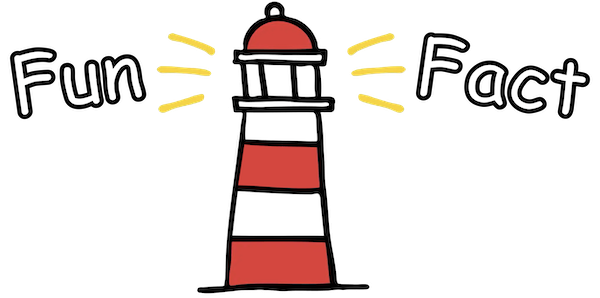Abaft
A position or direction towards the rear (stern) of a vessel relative to a specific point of reference on the boat.
In maritime terminology, “abaft” describes something located further towards the stern (the back end) of the ship than another point on the vessel. For example, if an object is said to be “abaft the mast,” it means that it is positioned closer to the stern than the mast is. This term is important for providing clear, relative directions on a vessel, where orientation is crucial for navigation, communication, and safety.
It is often used in conjunction with other directional terms like “forward” (towards the bow or front of the ship), “athwart” (across the ship), and “amidships” (towards the middle of the ship). These terms help sailors and crew members communicate effectively, especially when quick and precise directions are necessary, such as during manoeuvres or emergencies.
In addition to its use in navigation and communication, “abaft” can also be used in ship design and layout discussions. For example, a cabin or compartment located “abaft the bridge” would be positioned towards the vessel’s rear, behind the bridge. Similarly, equipment or cargo stowed “abaft the beam” is located behind the widest part of the ship.
Understanding terms like “abaft” is essential for anyone working on or around boats, as it helps ensure everyone on board is on the same page regarding positioning and movement. Clear communication can make the difference between smooth sailing and potential accidents in the often dynamic and sometimes hazardous sea environments.
In summary, “abaft” is a directional term used in the maritime world to indicate something located towards the stern of a vessel, and it plays a key role in ensuring effective communication and navigation on board.


